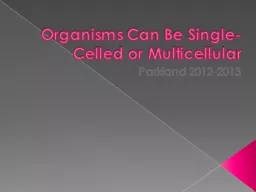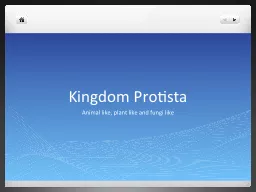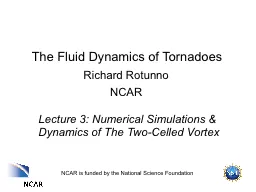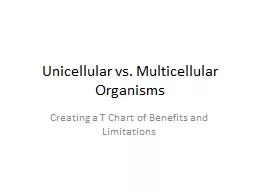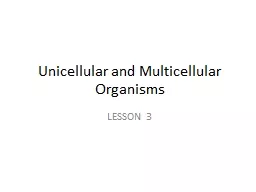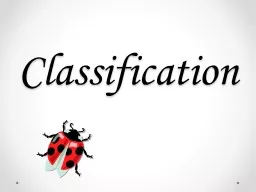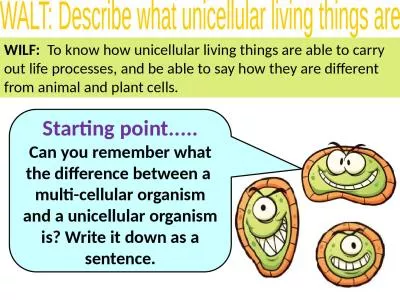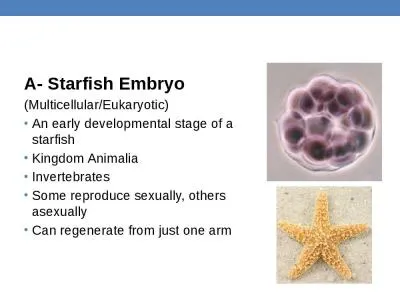PPT-Organisms Can Be Single-Celled or Multicellular
Author : ellena-manuel | Published Date : 2016-07-10
Parkland 20122013 Unicellular VS Multicellular Multicellular organisms can live in a wide variety of environments grow very large obtain their energy from
Presentation Embed Code
Download Presentation
Download Presentation The PPT/PDF document "Organisms Can Be Single-Celled or Multic..." is the property of its rightful owner. Permission is granted to download and print the materials on this website for personal, non-commercial use only, and to display it on your personal computer provided you do not modify the materials and that you retain all copyright notices contained in the materials. By downloading content from our website, you accept the terms of this agreement.
Organisms Can Be Single-Celled or Multicellular: Transcript
Download Rules Of Document
"Organisms Can Be Single-Celled or Multicellular"The content belongs to its owner. You may download and print it for personal use, without modification, and keep all copyright notices. By downloading, you agree to these terms.
Related Documents

